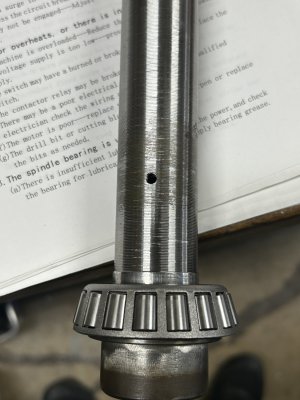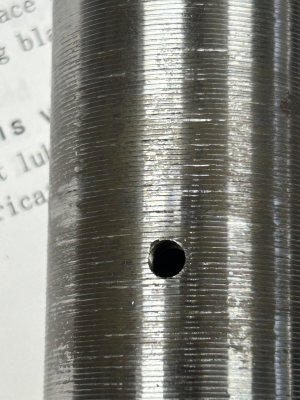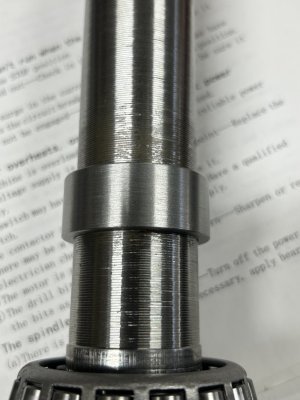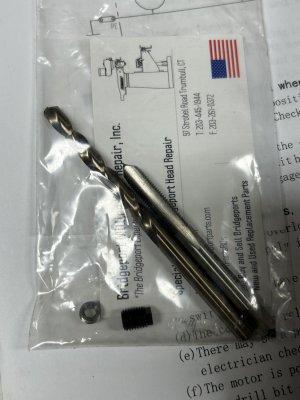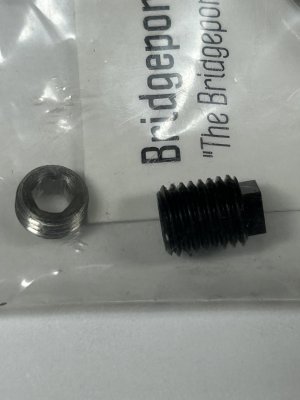- Joined
- Dec 10, 2023
- Messages
- 131
Yes, I was taught to make the BB ever so slightly above center. Reason is that during a cut, it will flex downward, depending on the bar. It helps avoid the tip flexing to below center. If it starts out below, the situation only gets worse.I find that boring bars cut best when they're on or just above center. If you're getting better results below center, I wonder if you're rubbing a little, burnishing the surface so it "appears" like it's cutting better... Surface finish with a tool hung way out like that is always an issue to manage as you're going.

